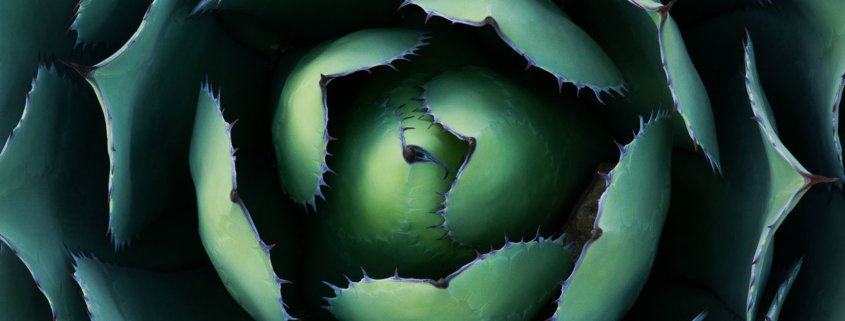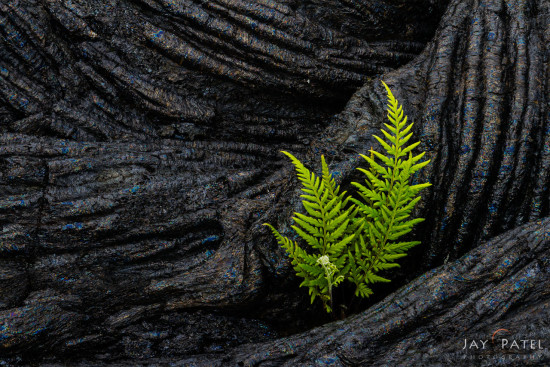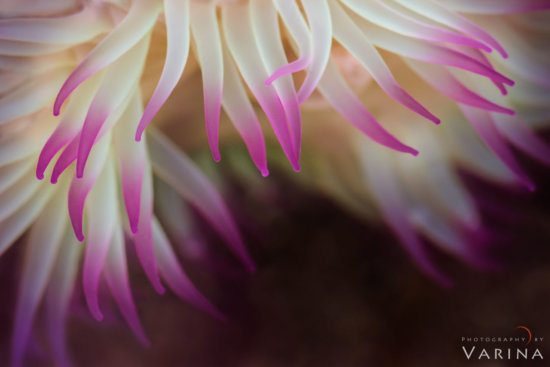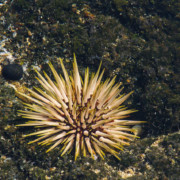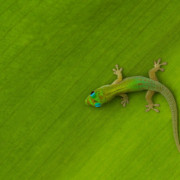7 Highly Effective ideas for Macro Photography Composition
Landscape photography is all about the exploration for great images both large and small. Setting out on long hikes that eventually lead you to vast overlooks is truly an exhilarating experience. However, one of the more creative and enjoyable experiences for landscape photographers is photographing small subject using a macro photography lens. Instead of grueling inclines that lead you to massive vistas, you have the ability to slow down and look for photography composition with smaller scenes that most people pass by.
So, how do you construct an interesting macro natural design photo? I’ve listed a few ideas to help you slow down and think creatively about the smaller scenes in nature.
#1: Look For Repetition in Shapes and Designs
One of the most effective ways of creating macro photography composition is to look for designs in nature. Nature is full of various shapes and patterns that you can use to create a great photograph. One design is great, but when you see the same thing repeating multiple times in a small scene, it’s usually worth shooting. Repetition has the ability to grab people’s attention almost to the effect of being hypnotized by a spinning wheel.
When you are photographing similar shapes and designs in a repeating pattern, try to compose your macro photo that includes the idea of repetition but not so far back that you get space on the edges or corners of your frame. This technique works really well with desert plants, mosses, succulents, and leaves.
#2: Groups Elements Together
As humans, we naturally gravitate towards groups. Why not use that to your advantage in your macro photography composition? Slowly make your way through a landscape looking for ways you can photograph multiple macro objects within the same frame.
This usually works best when you find pairs of objects or groups of three. Now, this doesn’t limit you to only using two or three subjects in your macro photo. Instead, it can expand your creativity by including multiple pairs of subjects into the same frame. It’s pretty typical to see a flower blooming on a cactus (and macro shots of those flowers can be nice to look at), but your photography composition improves drastically when you find multiple pairs of the same kind of flower that are blooming in multiple pairs that make a group.
#3: Search For Rich Color and Contrast
Vibrant colors in nature have the ability to capture people’s attention. Think about a deep, rich blue sky or a mountainside of peak fall foliage glowing with yellows, oranges, and reds. Some of the most beautiful landscape scenes consist of amazing color.
Your small scenes can have rich colors too. Try to find macro photography subjects that radiate one color, but with multiple tones of that color. Compose your photo to include pastel tones all the way down to lush shadow tones and into black. When you’re able to find these small scenes, it creates an easy flow of tremendous contrast, going from lights to darks in a gradual fade.
To do this, you must shoot when there is soft light that creates soft shadows. There are a couple of ways of doing this. You can either go out during sunrise, sunset, or cloudy conditions when the light isn’t harsh, or you can use your body or backpack to shield any harsh light that’s being cast on your macro scene.
#4: Use a Uniform Macro Photography Background
The background of a macro scene is arguably the most important element of the composition. If you frame up a subject perfectly but your background is cluttered with multiple colors or even highlights and shadows, it’s going to be hard for your audience to find the subject easily. That’s why a uniform background is important.
Now, there are two ways of doing this. First, you can find macro photography backgrounds that show negative space. This can be an area of single color, just bright highlight, or just deep shadow. I enjoy experimenting with single color backgrounds because it allows me to use color theory and complementary colors together to bring out my subjects even more.
Second, you can create a uniform macro photography background with a wide aperture and using distance to your advantage. The further away your background is from your subject, the more out of focus the background will be. When the background is out of focus, the eye naturally neglects to inspect it and is drawn to the subject itself. Of course you can combine both these approaches to create an appealing macro photography composition.
#5: Look for Abstract Macro Subjects
Abstract subjects in macro photography are a great way to experiment with your creative photography composition as well as find tiny designs in nature that you can use to make your viewer inspect your photo more intensely.
Patterns and repetition occur naturally in plants and small scenes. It’s your job as a photographer to discover those. Use your photography composition knowledge to find lines and curves that will pair well together to create abstract shapes. One of the easiest ways to create abstract macro photography composition is to use just part of your subject rather than the whole subject. For example, if you’re photographing a flower, to create an abstract image, frame up just the tip of petals instead of the center of the flower itself as shown image above.
#6: Experiment With Depth-of-Field
There comes a point in macro photography in the outdoors when you want something more. You’ve photographed those crispy sharp subjects with blurry backgrounds over and over. What else is there? When I feel like I’ve gotten to that point, I experiment with depth of field (DOF). For different DOF compositions, I like to gently adjust my focus so that the subject is slightly out of focus and highlighted by the light entering the scene. It creates an ethereal look to a macro photograph that I absolutely love.
To go a step further, I pair that wide aperture with a solid background of a single color like we talked about above, and the end result is a dreamy scene from a bug’s perspective.
#7: Get Close – VERY Close – To Your Subject
Friends and family are now embarrassed to go with me when I’m taking photos because of how close I actually get to my macro photography subjects. I’m the guy in the botanical garden that is laying in the dirt one inch away from a flower while everyone else wonders what I’m doing. Getting close to your subjects helps eliminate distractions that can disrupt your macro photography compositions. The closer you get to your subject, the more effective your photography composition will be, and the more impactful your subject will be.
Just remember that when you try this, you may look very strange laying on the ground. Anything outside of harming nature for a good photo!
Like I said earlier, small scenes can be some of the most fun for landscape photographer who want to look for unique photos for their portfolio. You can meander through paths looking for small plants, cacti, leaves, and flowers only to find that you’ve actually spent several hours of your day on your knees looking at the ground. This kind of technique can take some practice, so don’t be discouraged if you come back home and don’t like any of your photos once they’re on your computer screen. Learn from what you don’t like and go try again.
I recommend practicing in accessible locations. If you have a backyard that is well landscaped, spend some time looking for macro photos you could shoot. If that’s not an option, look for some botanical gardens that may be near your home. Botanical gardens are a great place to perfect your macro photography composition skills because they have a wide assortment of plants in many shapes and colors and are manicured to perfection.

